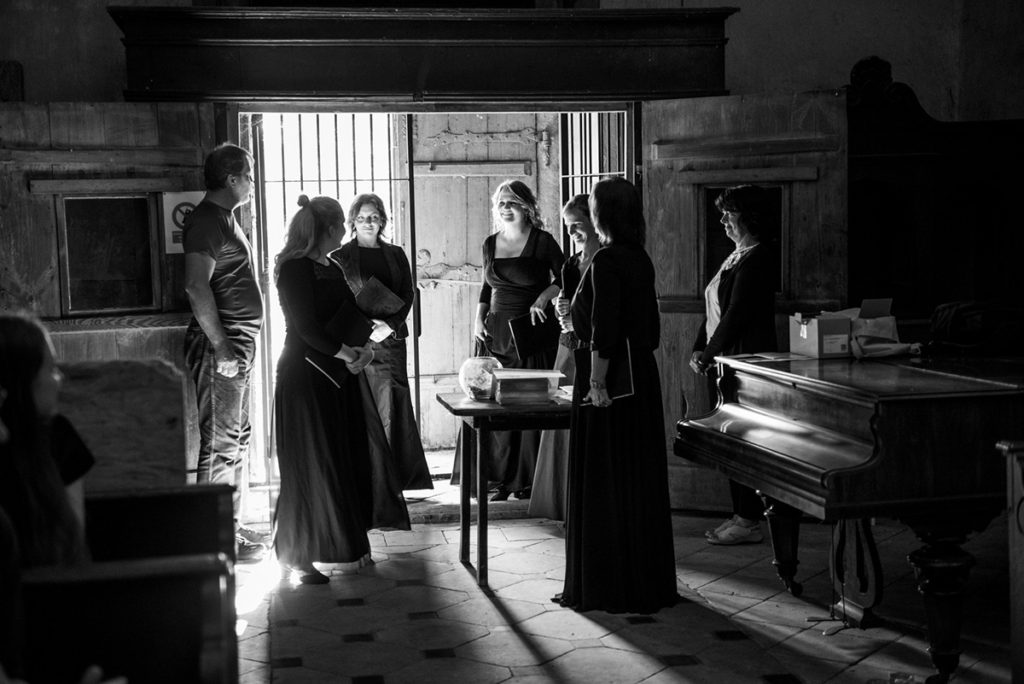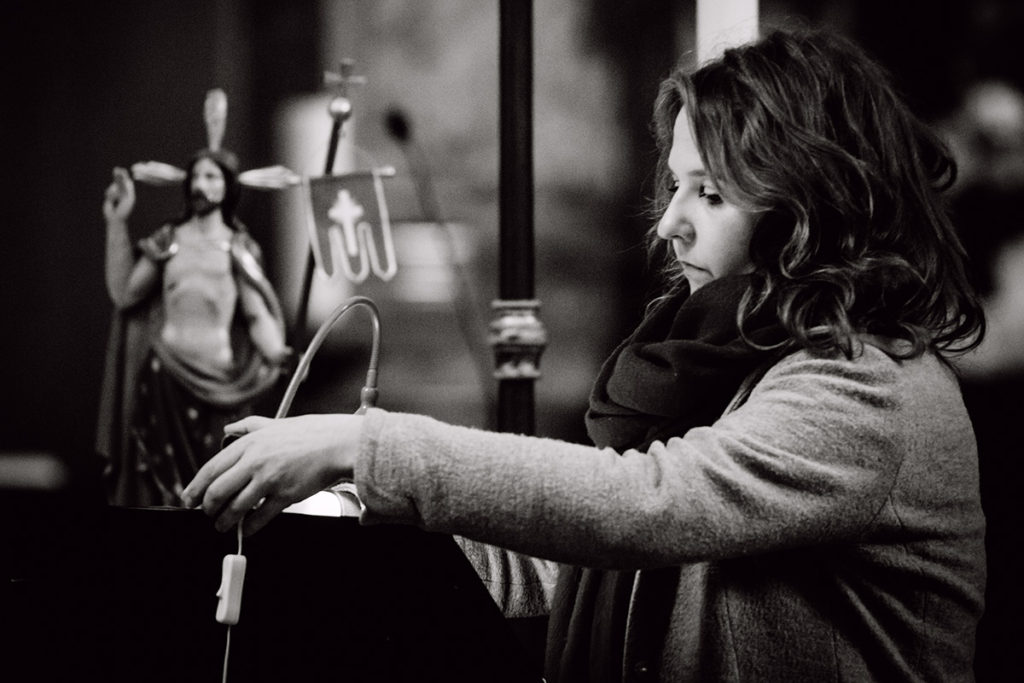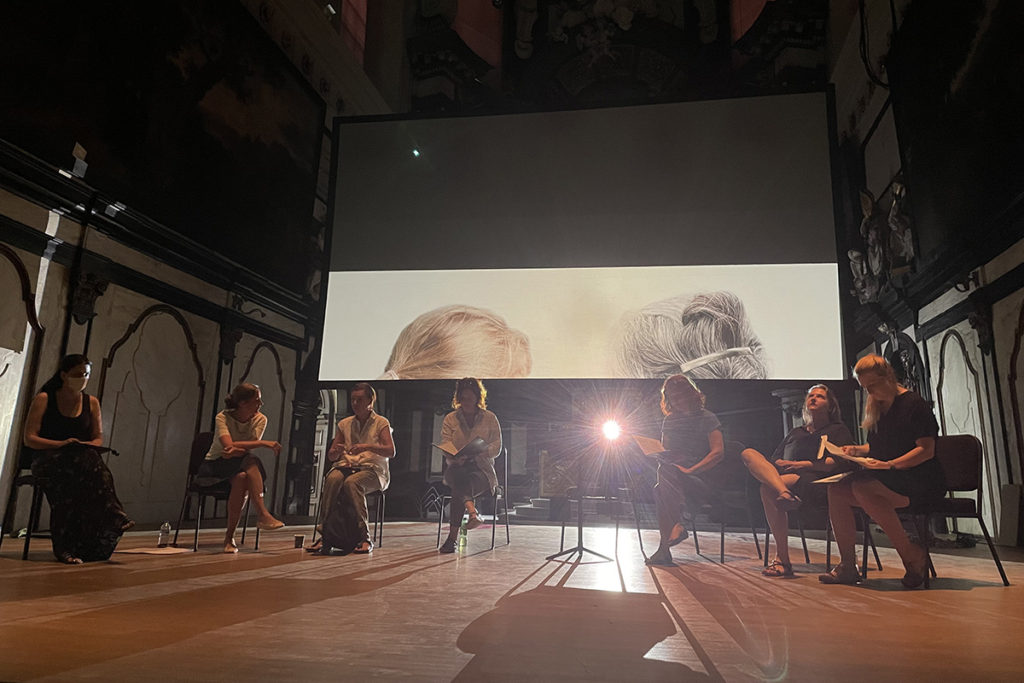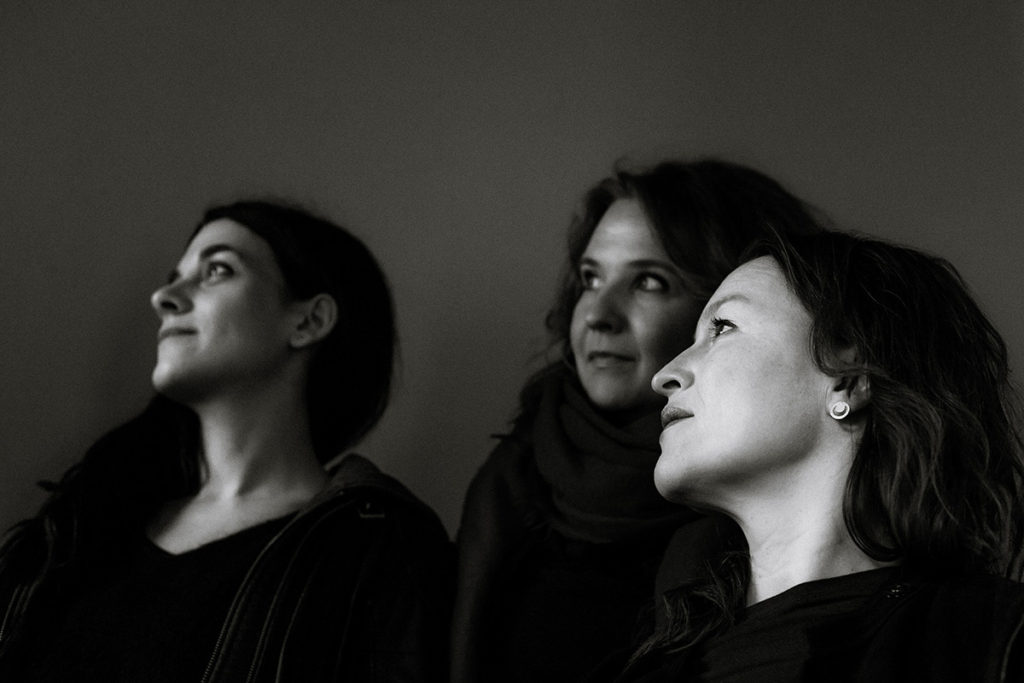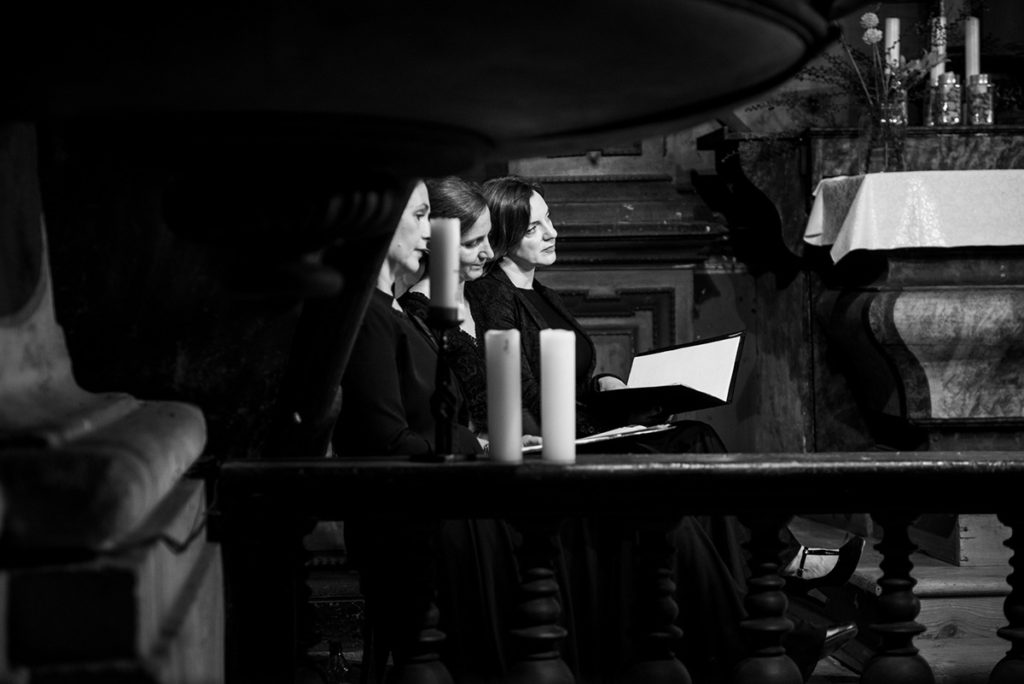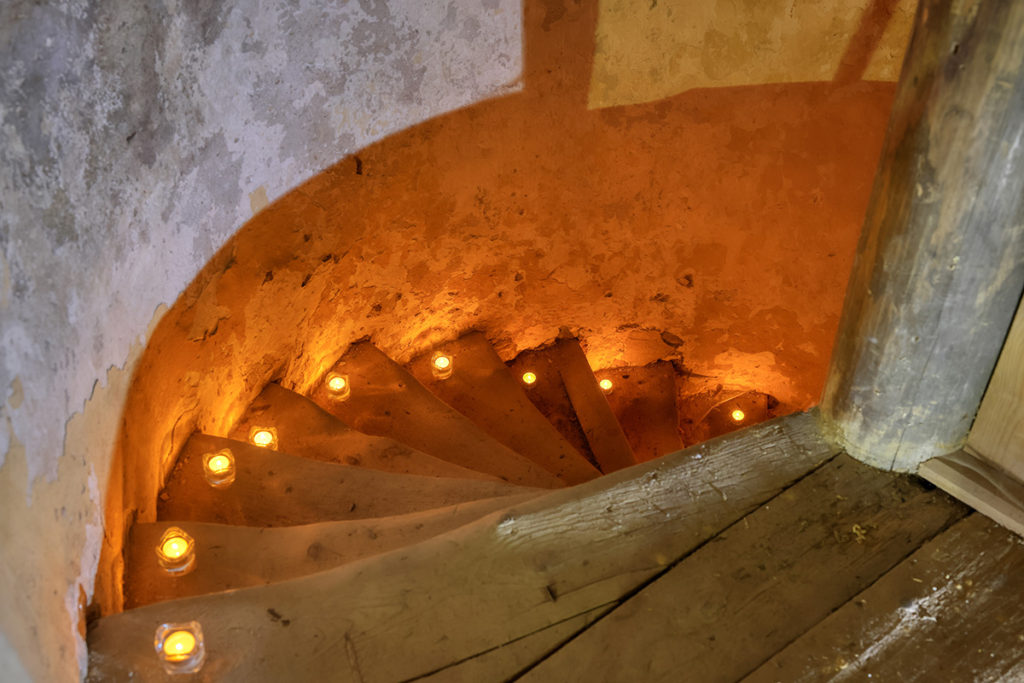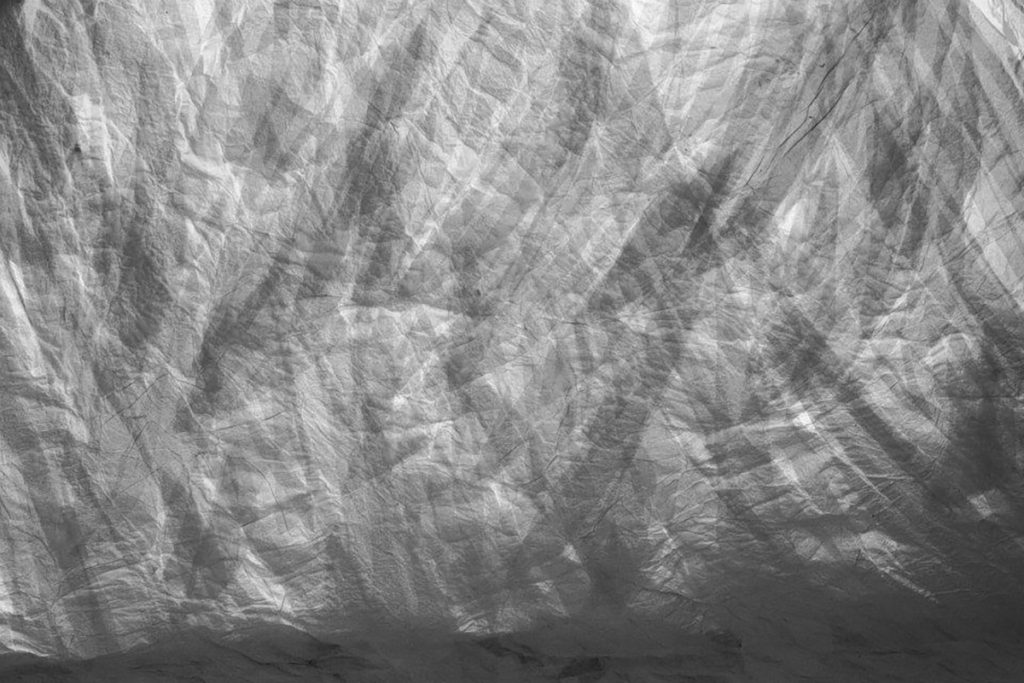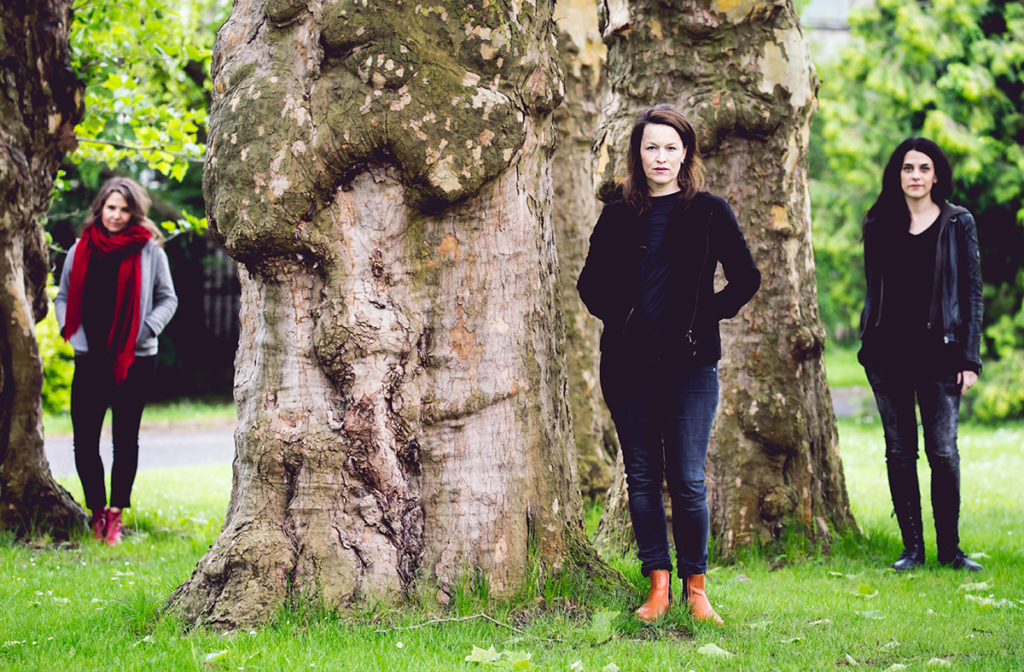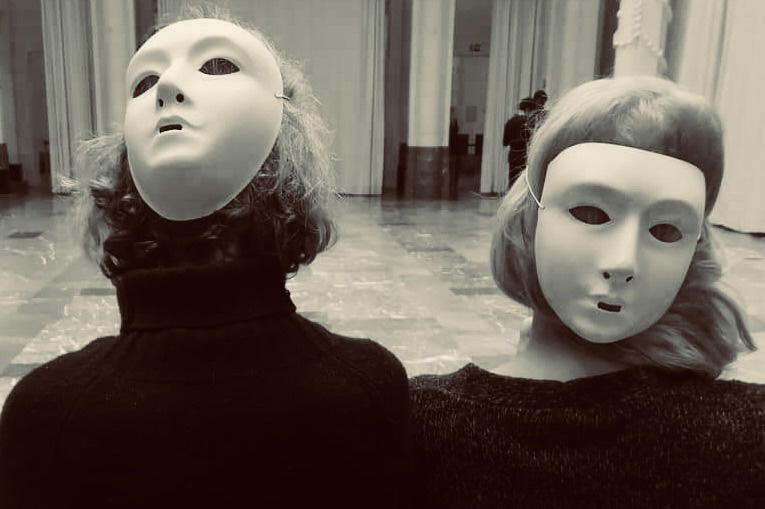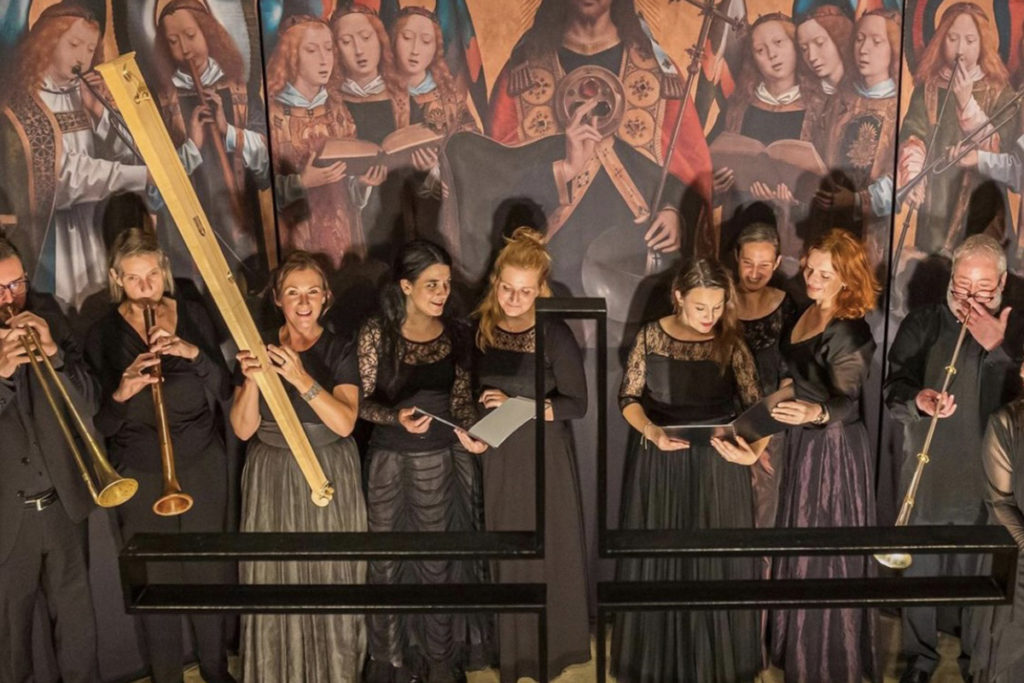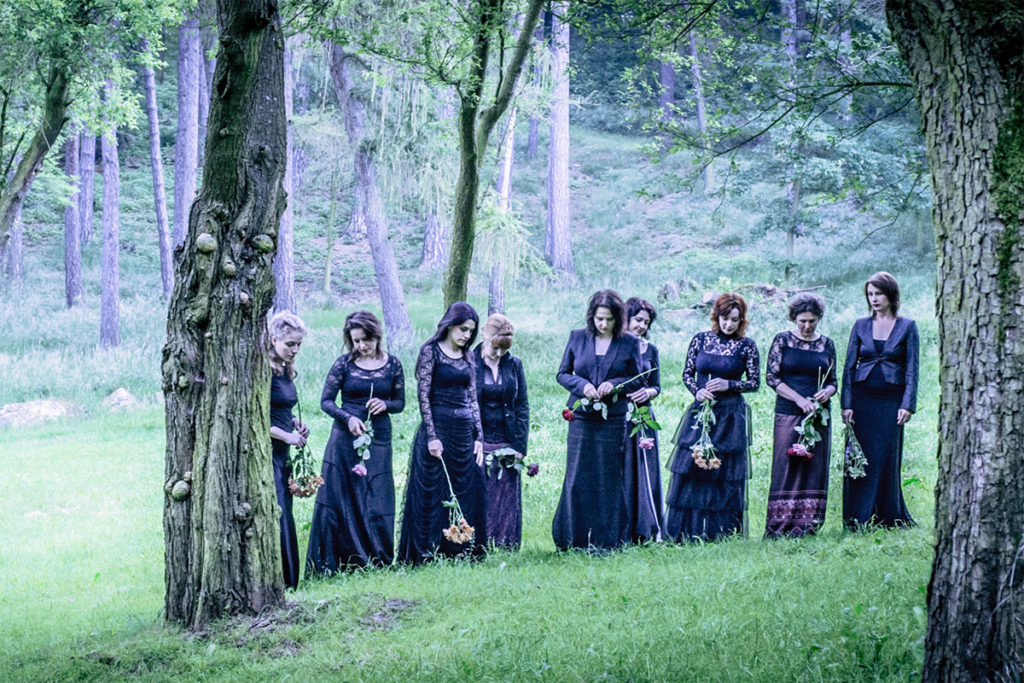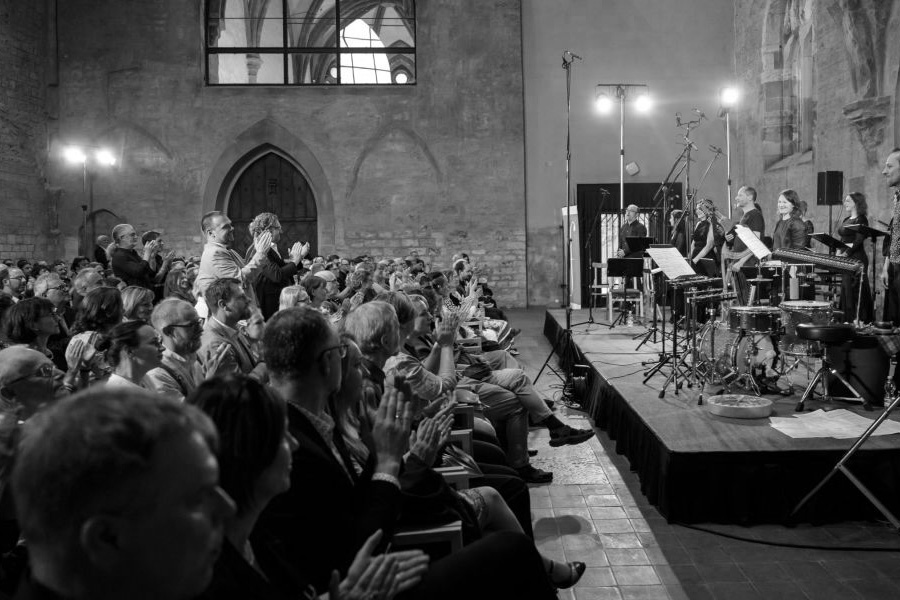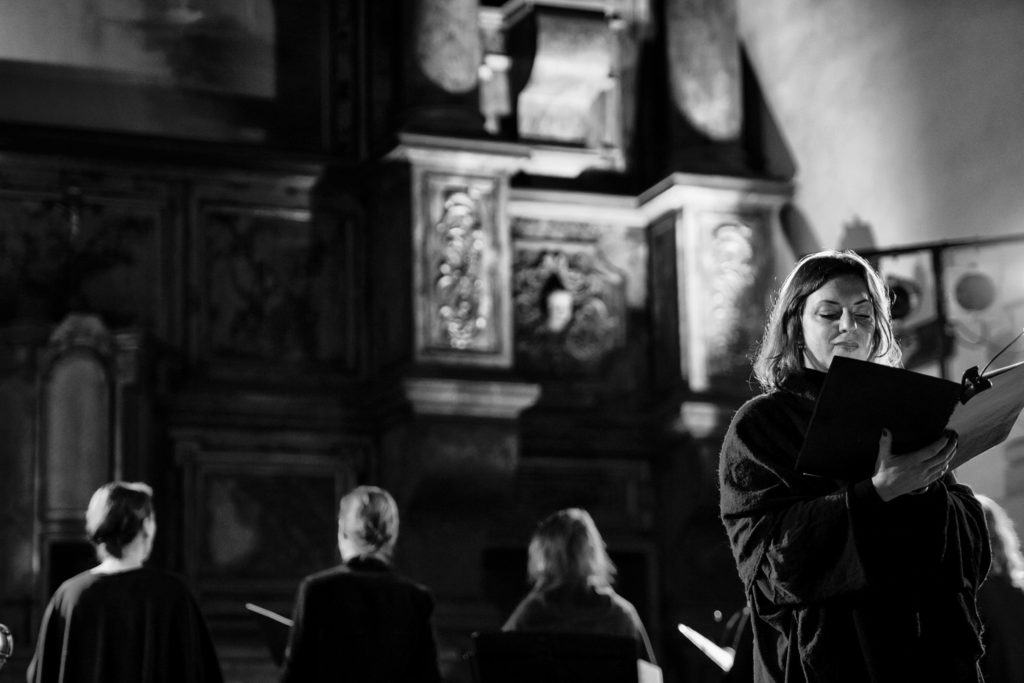
Apokalypsis
The Revelation of St John – music from medieval sources
confronted with a contemporary improvisation
According to the distinguished French historian Jacques Le Goff there was no such thing as the Middle Ages: this period of nearly a millennium is a construction and a myth handed down from generation to generation in our society. The “medium tempus,” this period that lies “somewhere in between“. In the view of Renaissance humanists it was the period between the two fundamental epochs of humanity: classical antiquity and its return in the Renaissance. To them, the Middle Ages were something very dark, and unfortunately for several centuries no one was able to get rid of the beloved epithet “dark.” We, contemporary musical Medievalists, hope we are doing our part by rediscovering and reviving Medieval music, which has already become an integral part of the repertoire of major concert halls and achieved top rankings in classical music charts. All the more interesting for us is to juxtapose the “early music” of this “accursed” period with contemporary music – the most contemporary music we can imagine, i.e. improvised music which is created right at the given moment. However, this music itself instantly becomes history, just as Medieval music did; there are only seven centuries between the two.

